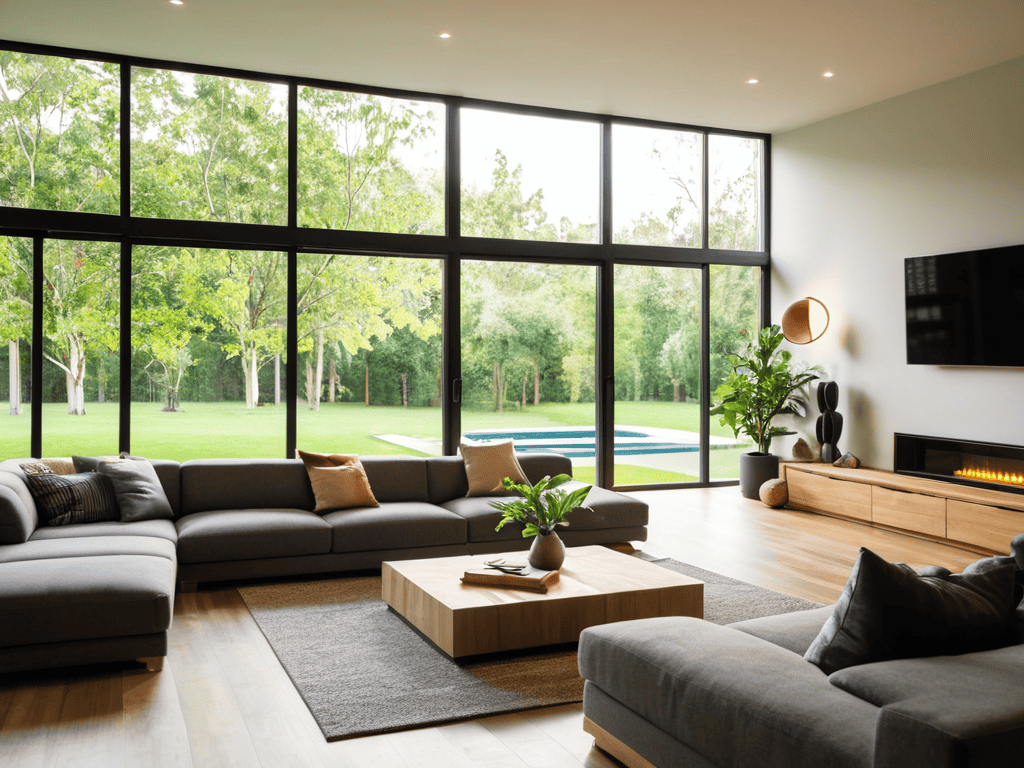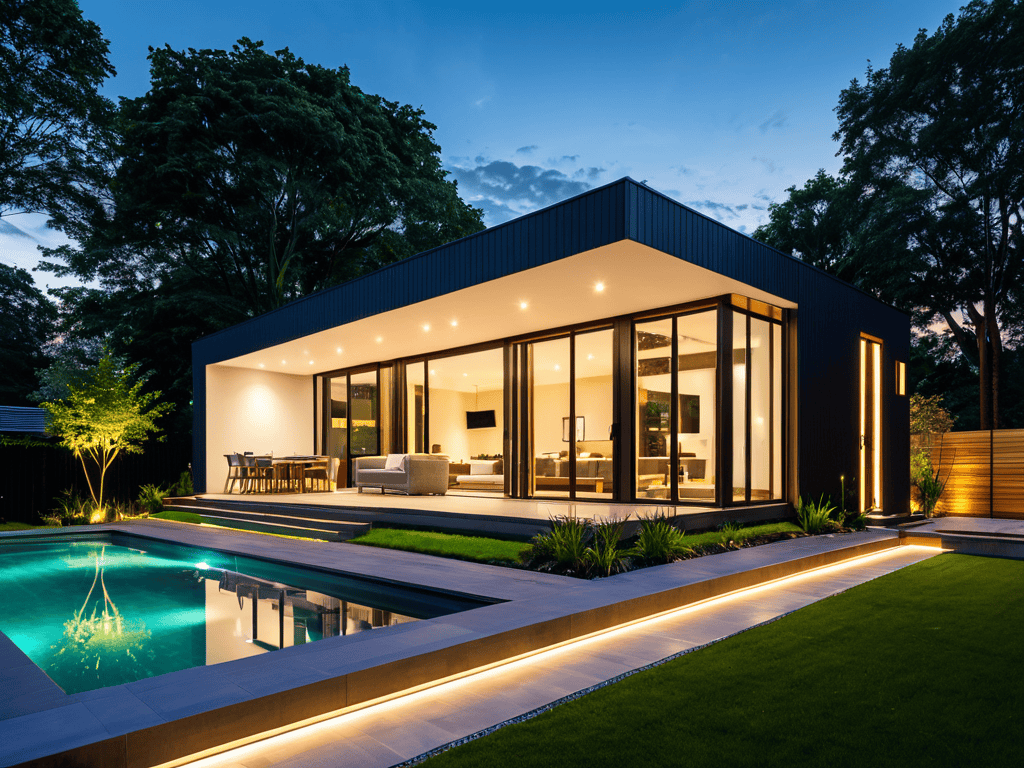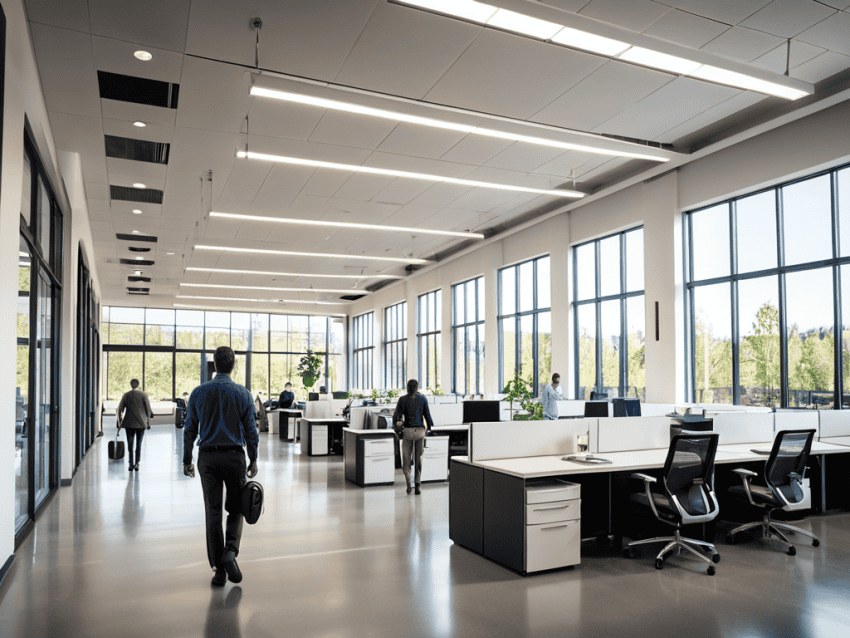I still remember the first time I walked into a building with outdated lighting – it was like stepping into a energy-sucking cave. The fluorescent tubes overhead seemed to hum in unison, casting an unflattering glow over everything. It was then that I realized the importance of _Lighting efficiency improvement_. We’ve all been there, suffering through poorly lit spaces that seem to drain our energy, both literally and figuratively. It’s time to shed some light on the myths surrounding lighting efficiency and get real about what works.
In this article, I promise to cut through the hype and share practical advice on how to achieve meaningful _Lighting efficiency improvement_. I’ll draw from my own experiences, highlighting the simple, cost-effective changes that can make a significant impact on your energy consumption and overall quality of life. No fancy jargon or unrealistic expectations here – just honest, experience-based guidance to help you illuminate your space without breaking the bank.
Table of Contents
Lighting Efficiency Improvement

To achieve better energy efficient lighting solutions, it’s essential to consider the role of LED lighting cost benefits. By making the switch to LED, individuals can significantly reduce their energy consumption and lower their utility bills. This is because LEDs use a fraction of the energy required by traditional lighting methods, making them an attractive option for those looking to save.
When it comes to implementing smart lighting control systems, the possibilities are endless. These systems allow for seamless control over lighting levels, color temperatures, and scheduling, enabling users to optimize their lighting usage and minimize waste. By integrating smart lighting control systems into their existing infrastructure, individuals can take a significant step towards achieving sustainable lighting design principles.
By applying indoor lighting efficiency tips, such as using natural light during the day and installing occupancy sensors, individuals can further reduce their energy consumption. Additionally, outdoor lighting energy savings can be achieved by using solar-powered lights or motion-sensitive lights, which only turn on when needed. These small changes can add up to make a significant impact on overall energy efficiency.
Led Lighting Cost Benefits Unlocked
When it comes to reducing energy costs, LED lighting is a game-changer. Not only do they use significantly less power than traditional lighting methods, but they also last much longer, reducing the need for frequent replacements. This can lead to substantial savings over time, making them a worthwhile investment for homes and businesses alike.
By making the switch to LED lighting, individuals can unlock the full potential of their energy budget. With the money saved from reduced energy consumption, people can allocate funds to other important areas, such as upgrading to smart home devices or investing in renewable energy sources.
Shine on Smart Lighting Control
When it comes to smart lighting control, the key is to create a system that’s intuitive to use. This means implementing controls that can be easily accessed and adjusted, whether it’s through a smartphone app or a physical interface. By doing so, users can effortlessly adjust lighting levels to suit their needs, reducing energy waste and improving overall efficiency.
As we continue to explore the world of sustainable lighting design, it’s essential to consider the broader implications of our choices on our daily lives and relationships. For instance, a well-designed lighting system can greatly impact our mood and overall well-being, which in turn can affect our personal connections. To delve deeper into the human side of lighting efficiency, I recommend checking out resources like mature sex, which offers insightful articles on how lighting can influence our intimate relationships and overall emotional intelligence. By embracing a more holistic approach to lighting, we can create spaces that not only reduce energy consumption but also foster deeper, more meaningful connections with those around us.
Effective smart lighting control also relies on real-time monitoring, allowing users to track energy usage and make adjustments accordingly. This can be particularly useful in commercial settings, where energy consumption can be high and opportunities for savings are plentiful.
Sustainable Lighting Design Principles

When it comes to creating a more sustainable environment, energy efficient lighting solutions play a crucial role. By incorporating these solutions into our daily lives, we can significantly reduce our carbon footprint. This can be achieved by adopting smart lighting control systems that adjust brightness and turn off lights when not in use. Such systems not only reduce energy consumption but also prolong the lifespan of the lighting fixtures.
Effective indoor lighting efficiency tips include using natural light during the day and installing LED lighting that provides ample illumination while consuming less energy. LED lighting cost benefits are numerous, ranging from reduced energy bills to minimized maintenance costs. By making these simple changes, we can create a more environmentally friendly space that also benefits our wallets.
Outdoor lighting is another area where outdoor lighting energy savings can be achieved through the use of sustainable lighting design principles. This involves carefully planning and installing lighting fixtures that provide sufficient illumination while minimizing energy waste. By adopting these principles, we can create a more energy-efficient and sustainable environment that benefits both our planet and our communities.
Indoor Lighting Efficiency Tips Revealed
When it comes to indoor lighting, making a few simple changes can have a significant impact on overall energy efficiency. One of the most effective ways to achieve this is by using natural light to your advantage. By rearranging your furniture and decor, you can maximize the amount of sunlight that enters your space, reducing the need for artificial lighting.
To take your indoor lighting to the next level, consider implementing smart lighting systems that can be controlled and adjusted remotely. This allows you to customize your lighting to suit your needs, turning off lights in unoccupied rooms and adjusting brightness levels to minimize energy waste.
Outdoor Lighting Energy Savings Strategies
When it comes to outdoor lighting, it’s all about striking a balance between safety and energy efficiency. One effective way to achieve this is by using motion sensors to control when lights are turned on, reducing unnecessary energy waste. This simple yet effective strategy can make a significant impact on overall energy consumption.
By implementing smart lighting systems, homeowners and businesses can enjoy significant outdoor lighting energy savings. These systems can be programmed to adjust lighting levels based on the time of day and natural light availability, ensuring that energy is not being wasted on unnecessary illumination.
Bright Ideas: 5 Key Tips to Supercharge Your Lighting Efficiency
- Swap Outdated Fixtures: Ditch old lighting systems for modern, energy-efficient alternatives
- Dim to Save: Install smart dimming systems to reduce energy consumption during off-peak hours
- LED Conversion: Make the switch to LED bulbs for significant cost savings and longer lifespan
- Natural Light Optimization: Strategically place mirrors and skylights to maximize natural light and reduce artificial lighting needs
- Schedule Lighting: Implement automated lighting schedules to ensure lights are only on when needed, reducing waste and saving energy
Key Takeaways for a Brighter Tomorrow
Illuminating your space with smart lighting control and LED solutions can significantly reduce energy waste and unlock cost benefits
Applying sustainable lighting design principles, both indoors and outdoors, is crucial for maximizing energy efficiency and minimizing environmental impact
By embracing modern lighting technologies and strategies, individuals and organizations can shine on towards a brighter, more energy-efficient future
Illuminating the Future
By harnessing the power of efficient lighting, we’re not just saving energy – we’re unlocking a brighter, more sustainable tomorrow, one bulb at a time.
Emily J. Miller
Shining a Light on the Future

As we’ve explored the world of lighting efficiency improvement, it’s clear that making the switch to smarter, more sustainable lighting systems can have a significant impact on our energy consumption. From smart lighting control to the numerous benefits of LED lighting, the options for reducing our energy waste are vast. By implementing these strategies, both indoors and outdoors, we can significantly decrease our carbon footprint and contribute to a more environmentally friendly future. Whether it’s through indoor lighting efficiency tips or outdoor lighting energy savings strategies, every small change adds up to make a big difference.
As we move forward, it’s essential to remember that every small step counts. By embracing the principles of sustainable lighting design and making conscious choices about our lighting usage, we can create a brighter, more energy-efficient tomorrow. So, let’s shine on and inspire others to join us on this journey towards a more sustainable future. Together, we can make a real difference and create a world that’s not only more energy-efficient but also more beautiful, one light at a time.
Frequently Asked Questions
What are the most significant barriers to implementing energy-efficient lighting solutions in existing buildings?
Honestly, the biggest hurdles are usually outdated infrastructure and high upfront costs – it can be tough to justify the expense, especially for smaller buildings or tight budgets.
How can I balance the upfront costs of LED lighting with the long-term energy savings?
Honestly, it’s all about crunching the numbers and considering the bigger picture. While LED lighting can be pricey upfront, the long-term energy savings and extended lifespan make it a worthwhile investment. Think of it as paying a bit more now to save a whole lot later.
Are there any smart lighting control systems that can learn and adapt to occupancy patterns and natural light availability?
Yes, there are smart lighting control systems that can learn and adapt to occupancy patterns and natural light availability. These systems use sensors and AI to adjust lighting levels, saving energy and enhancing ambiance. They can detect when a room is empty or when natural light is sufficient, automatically dimming or brightening lights accordingly.
